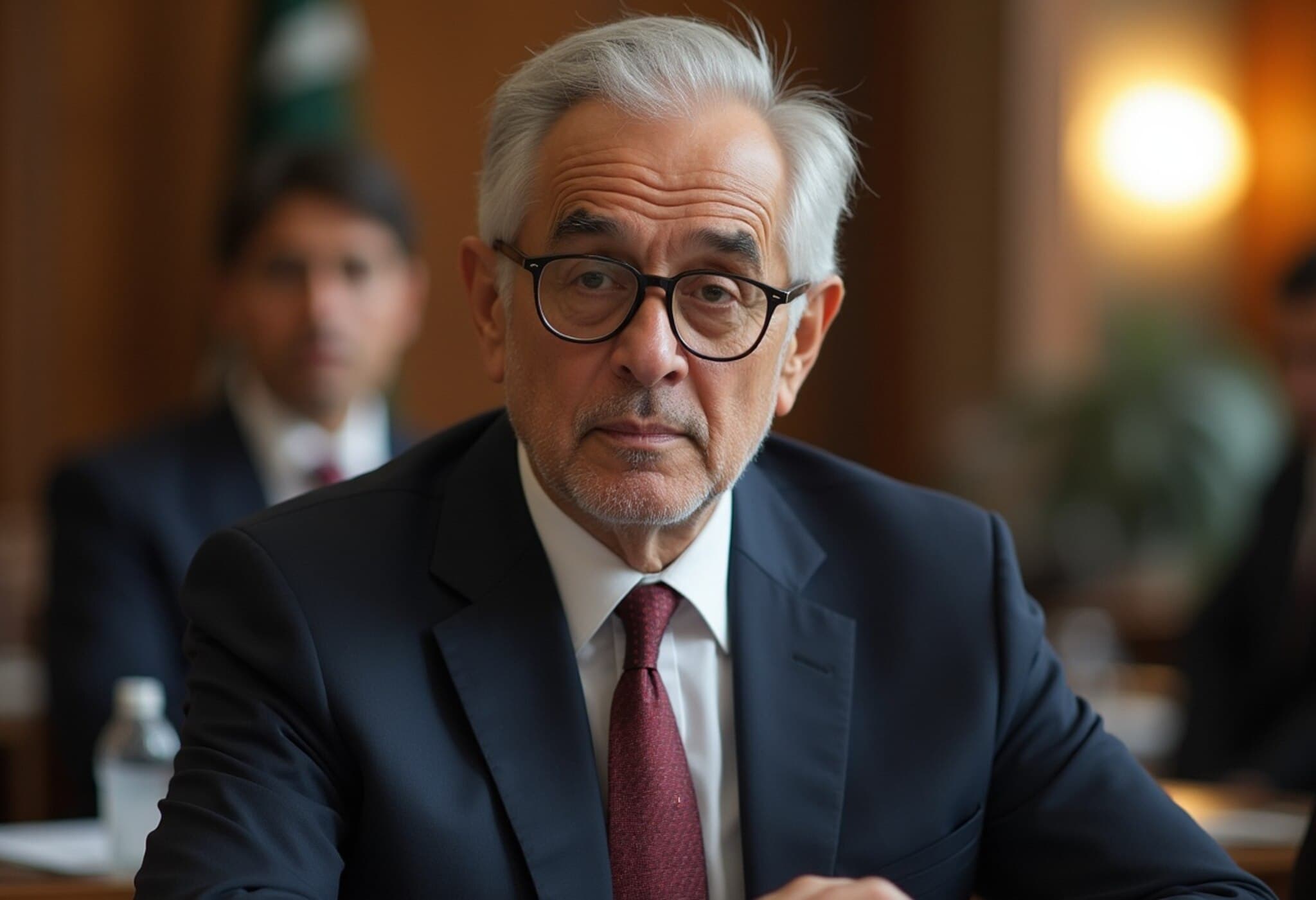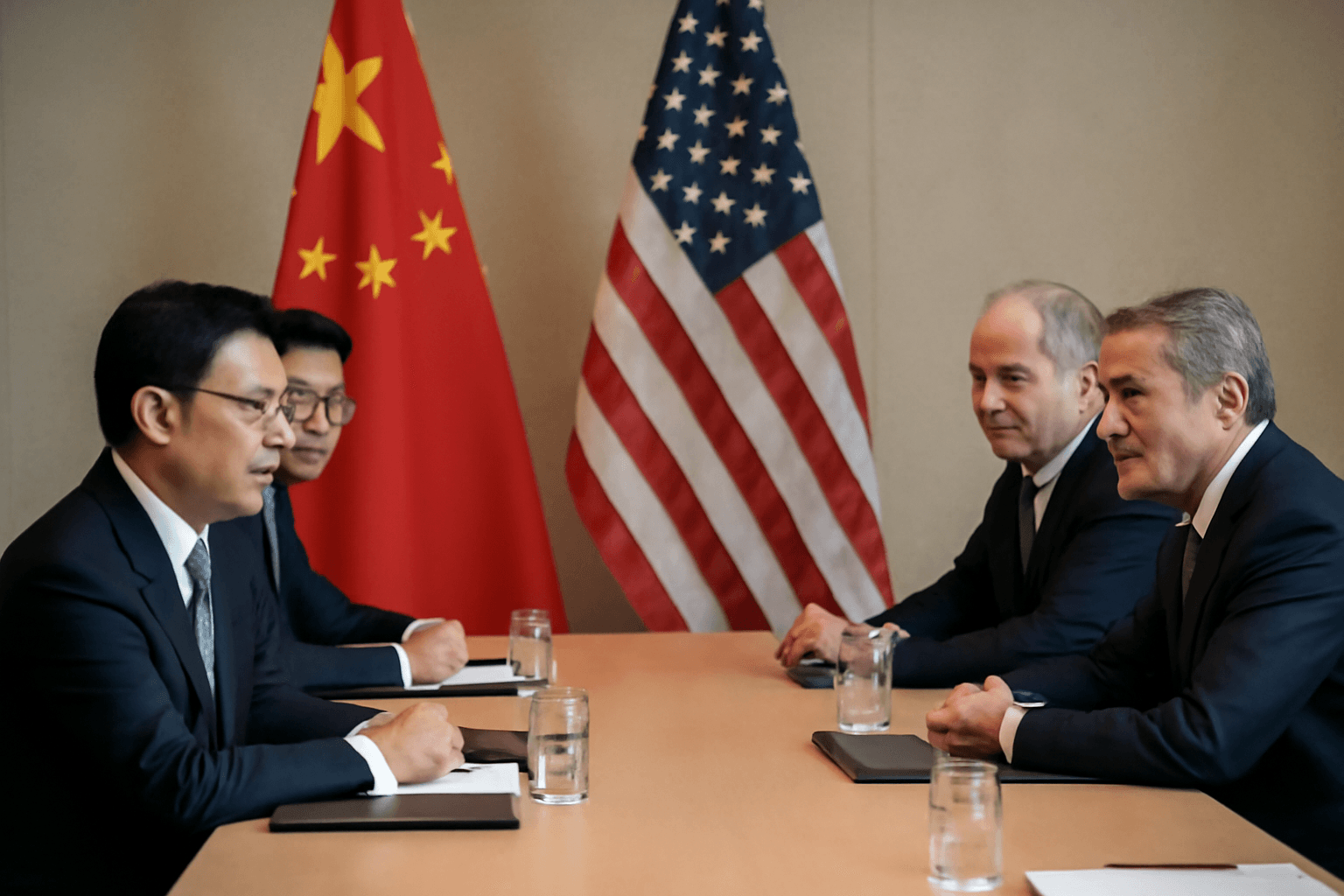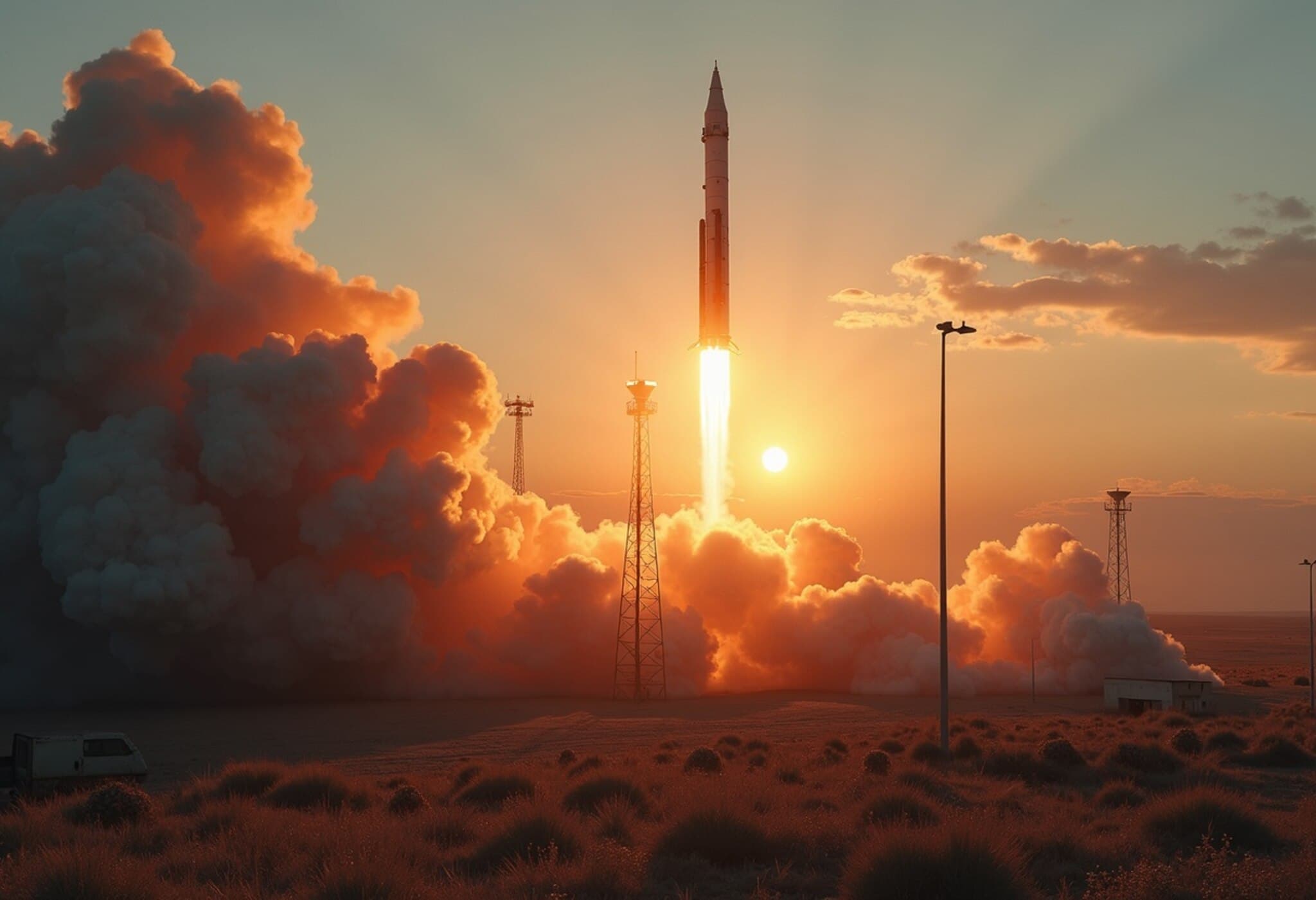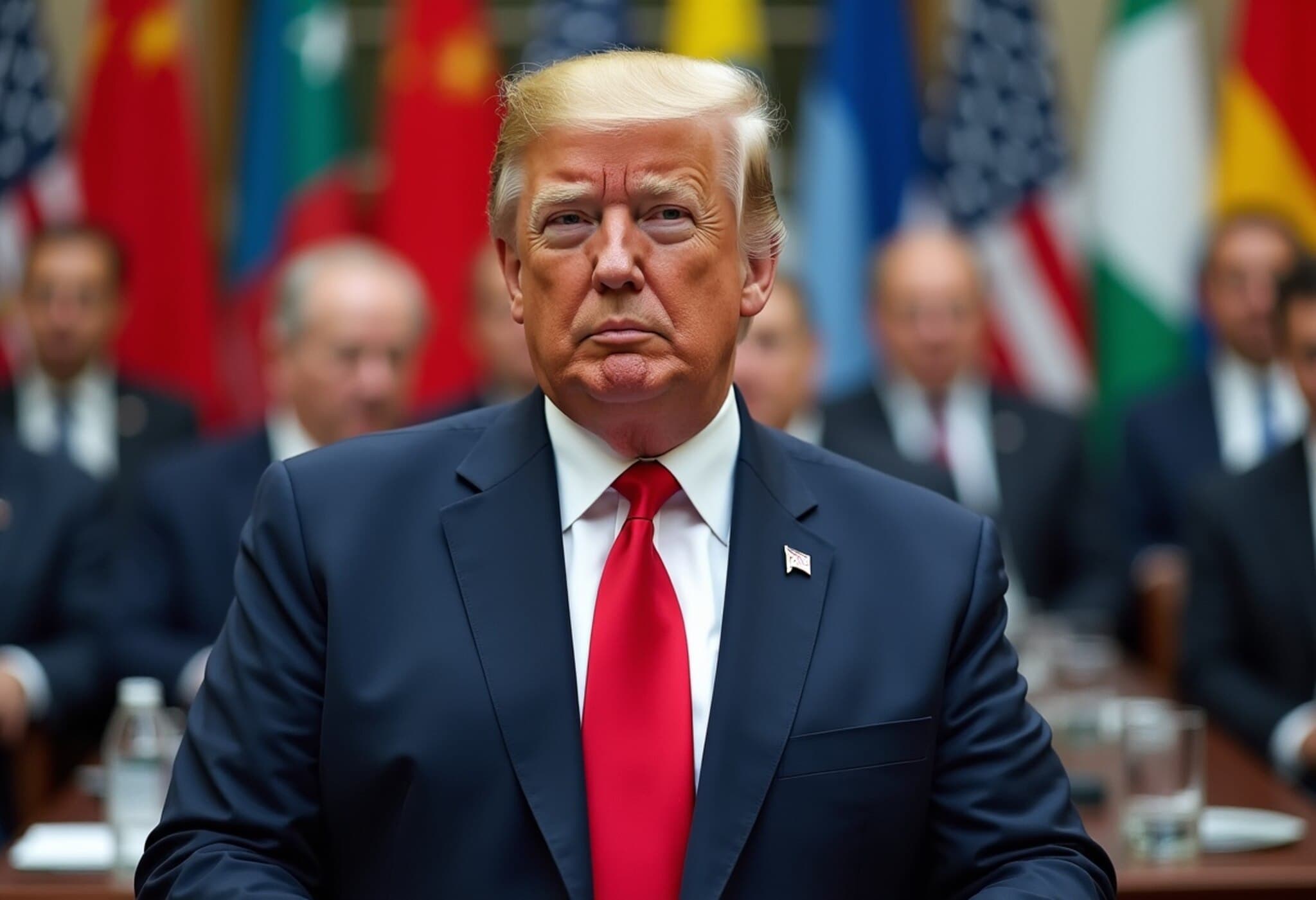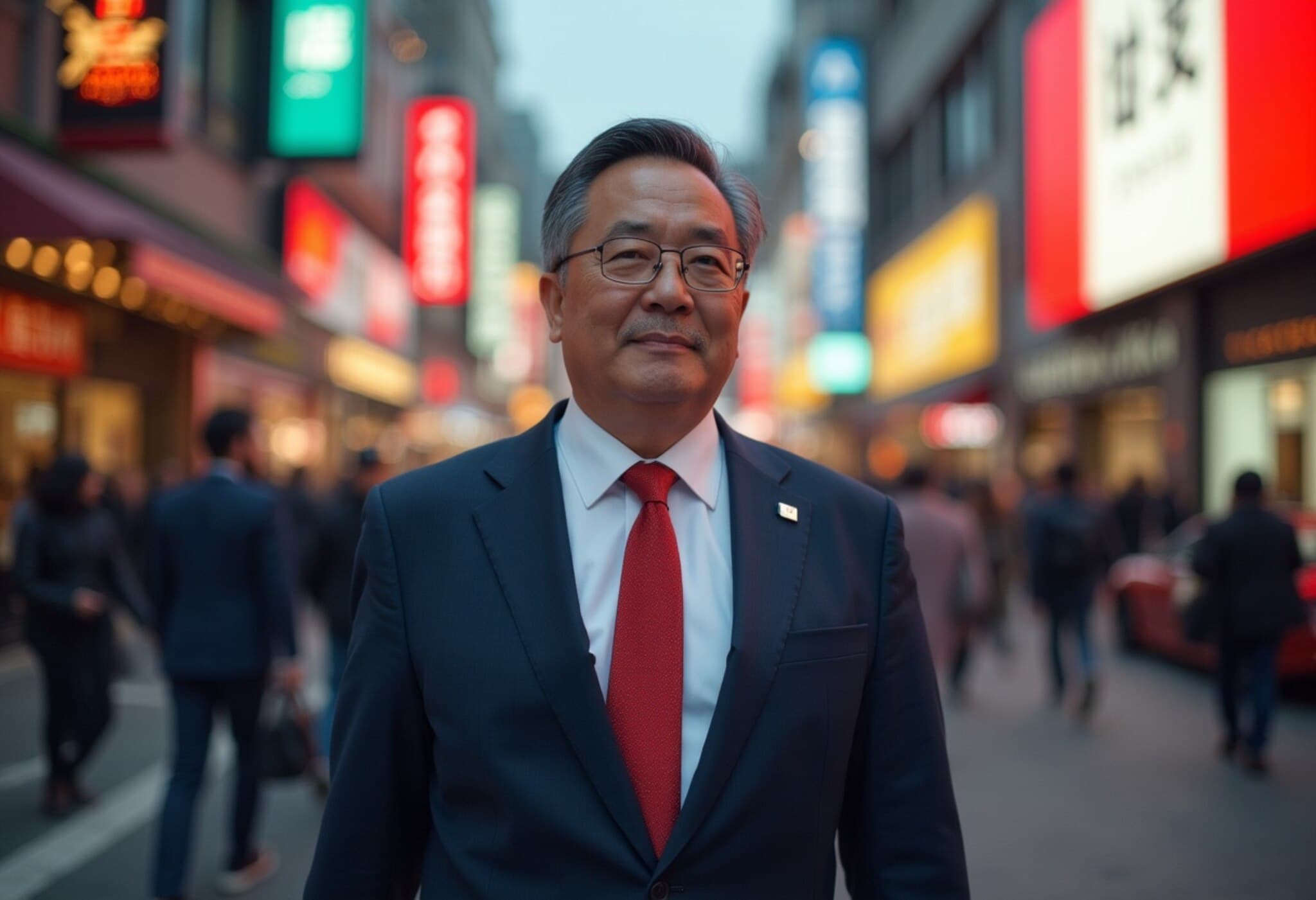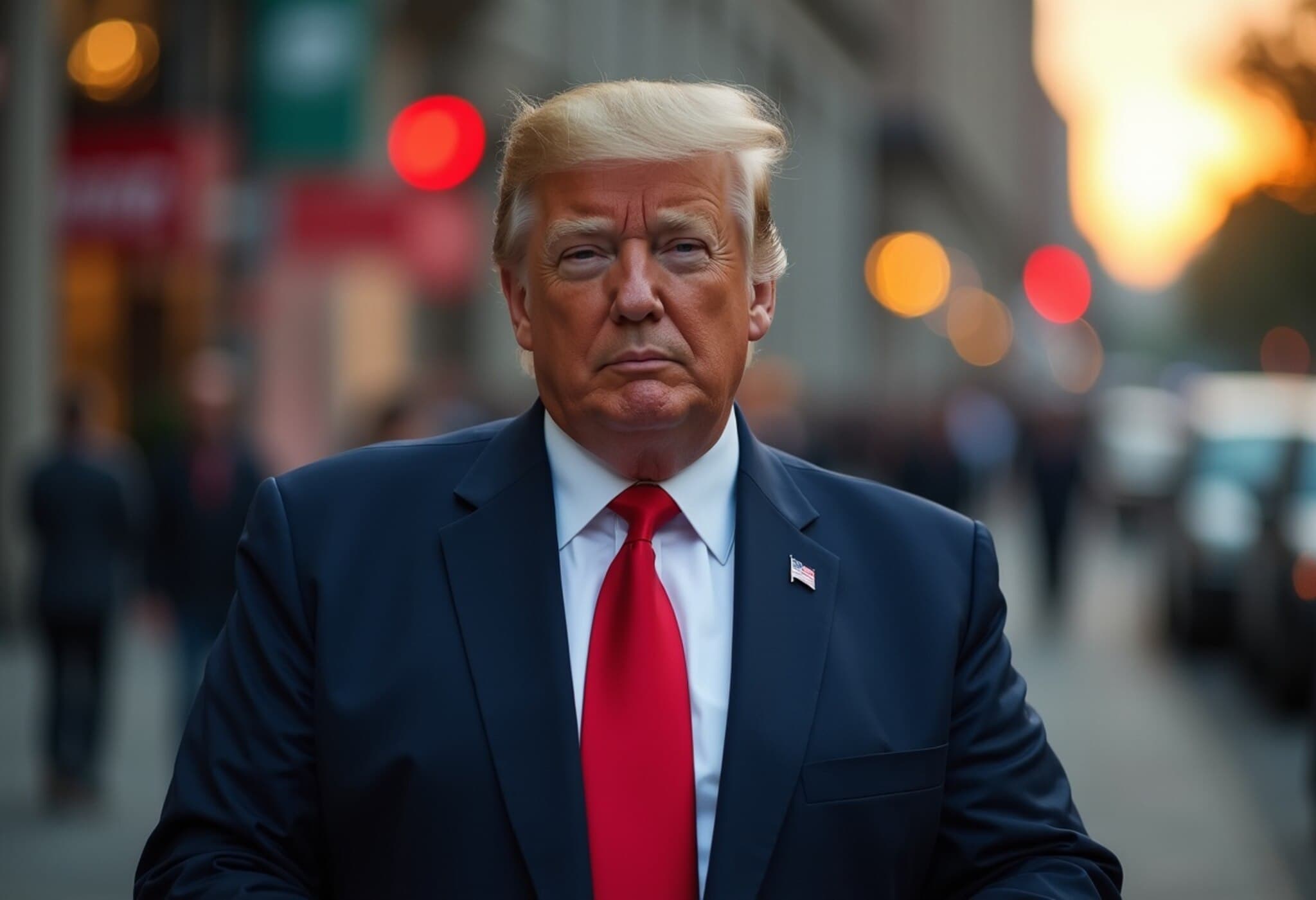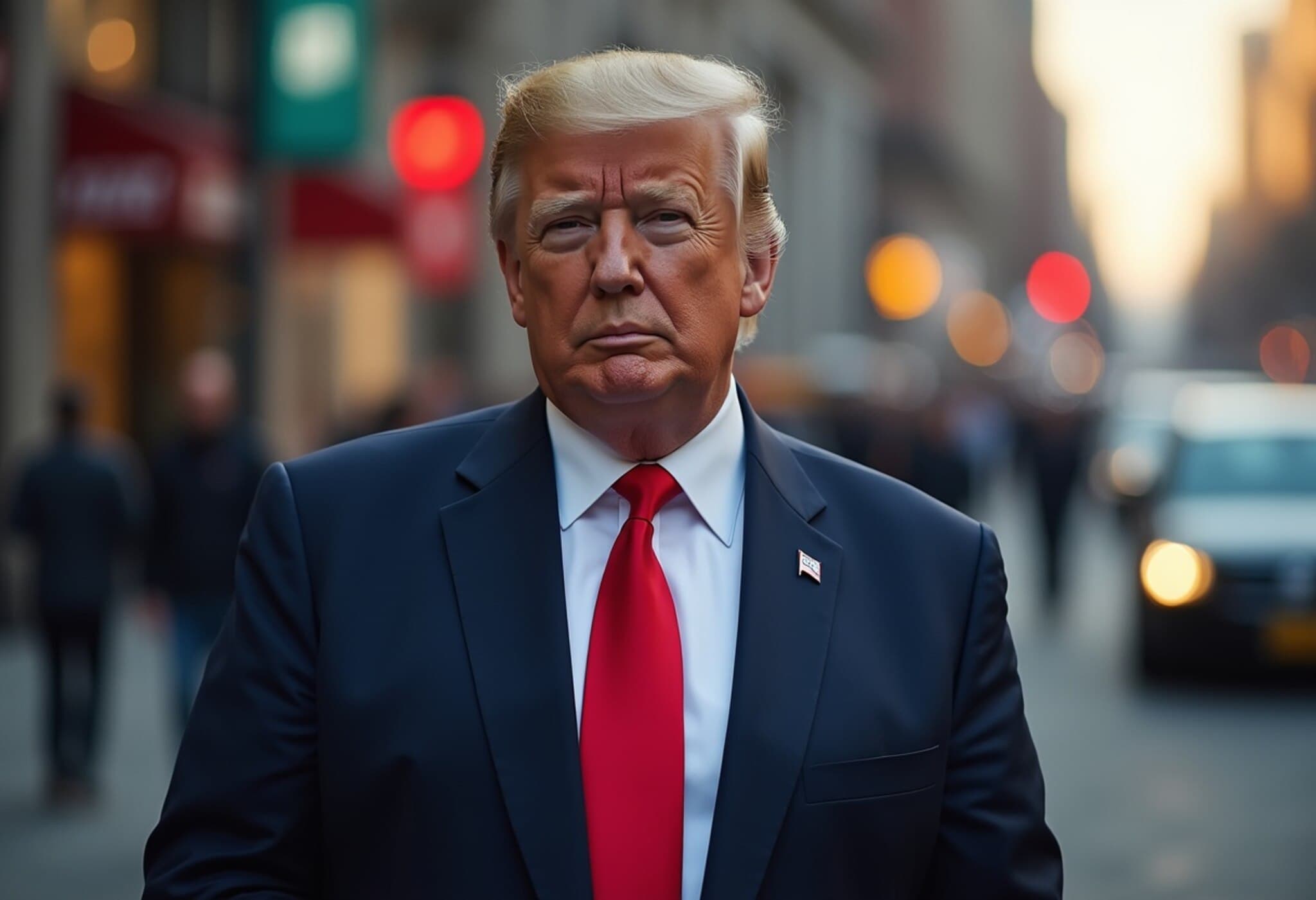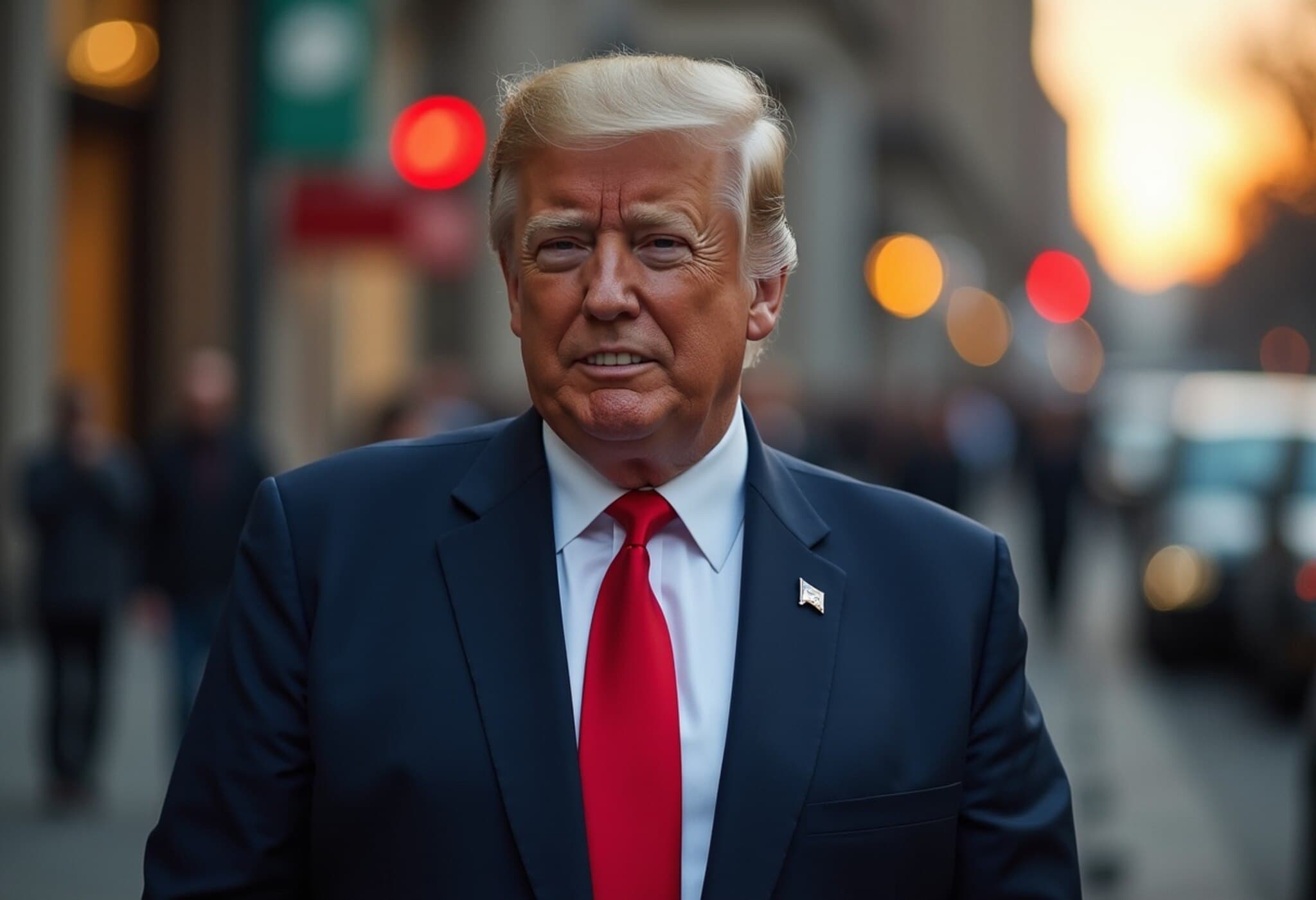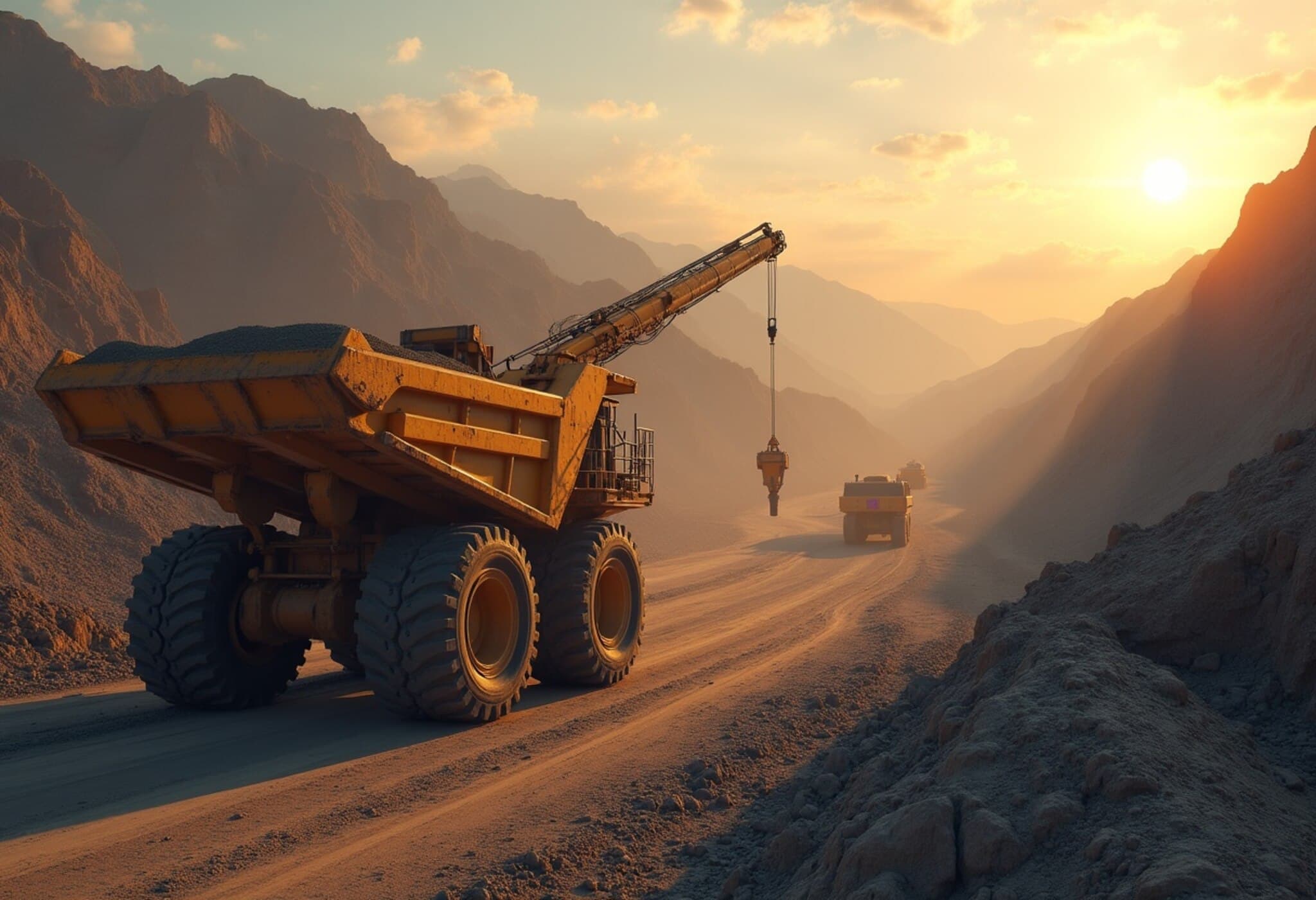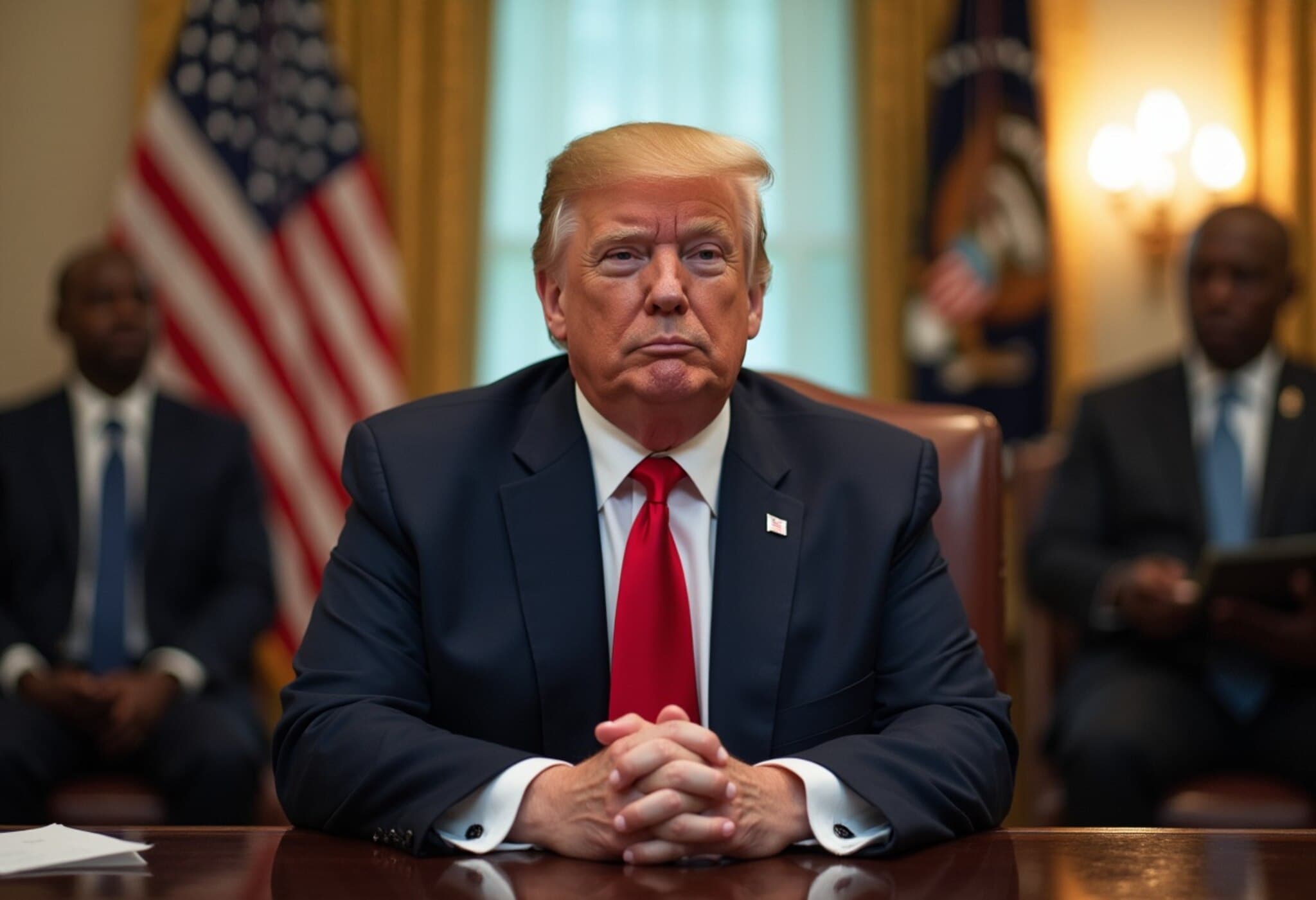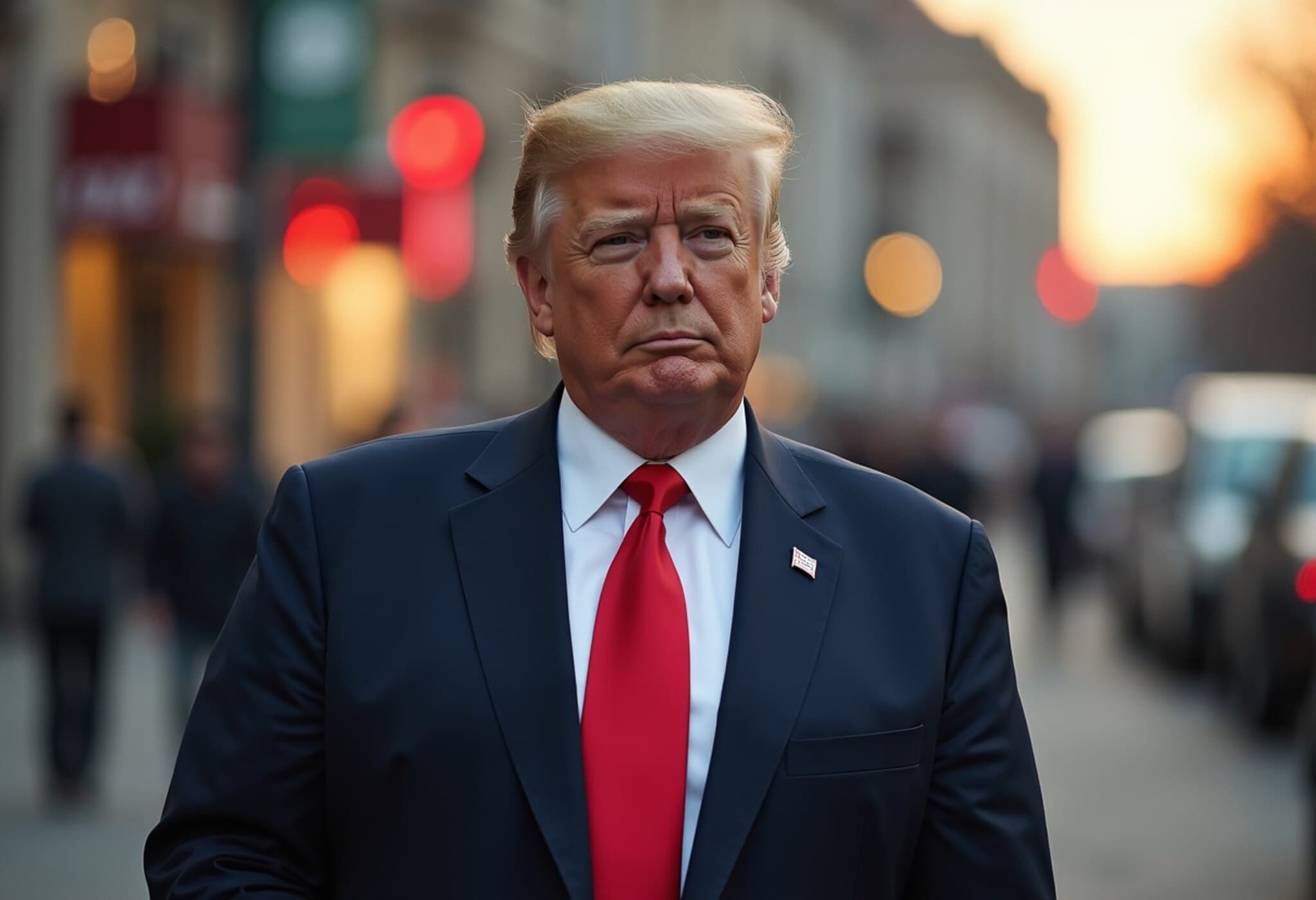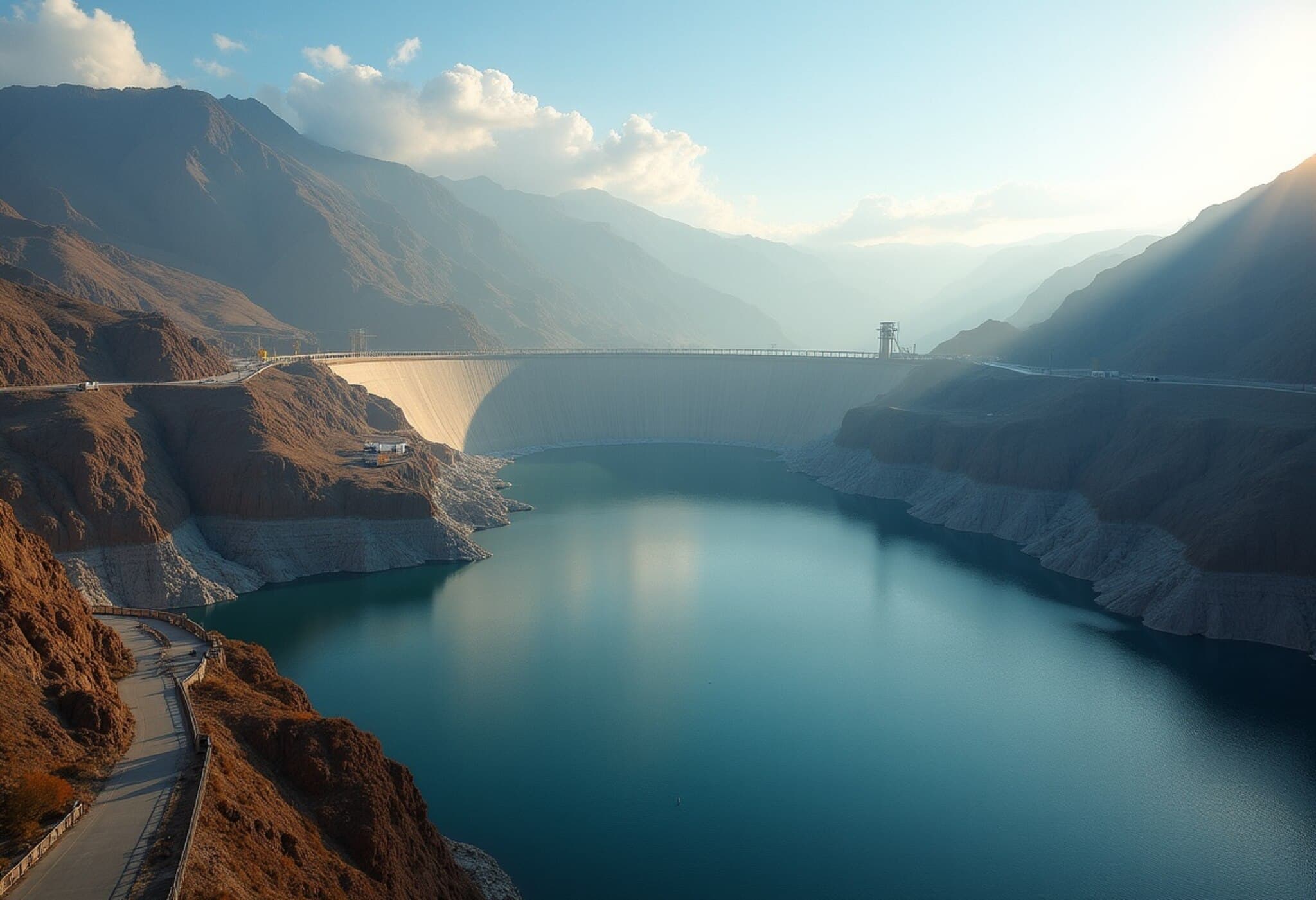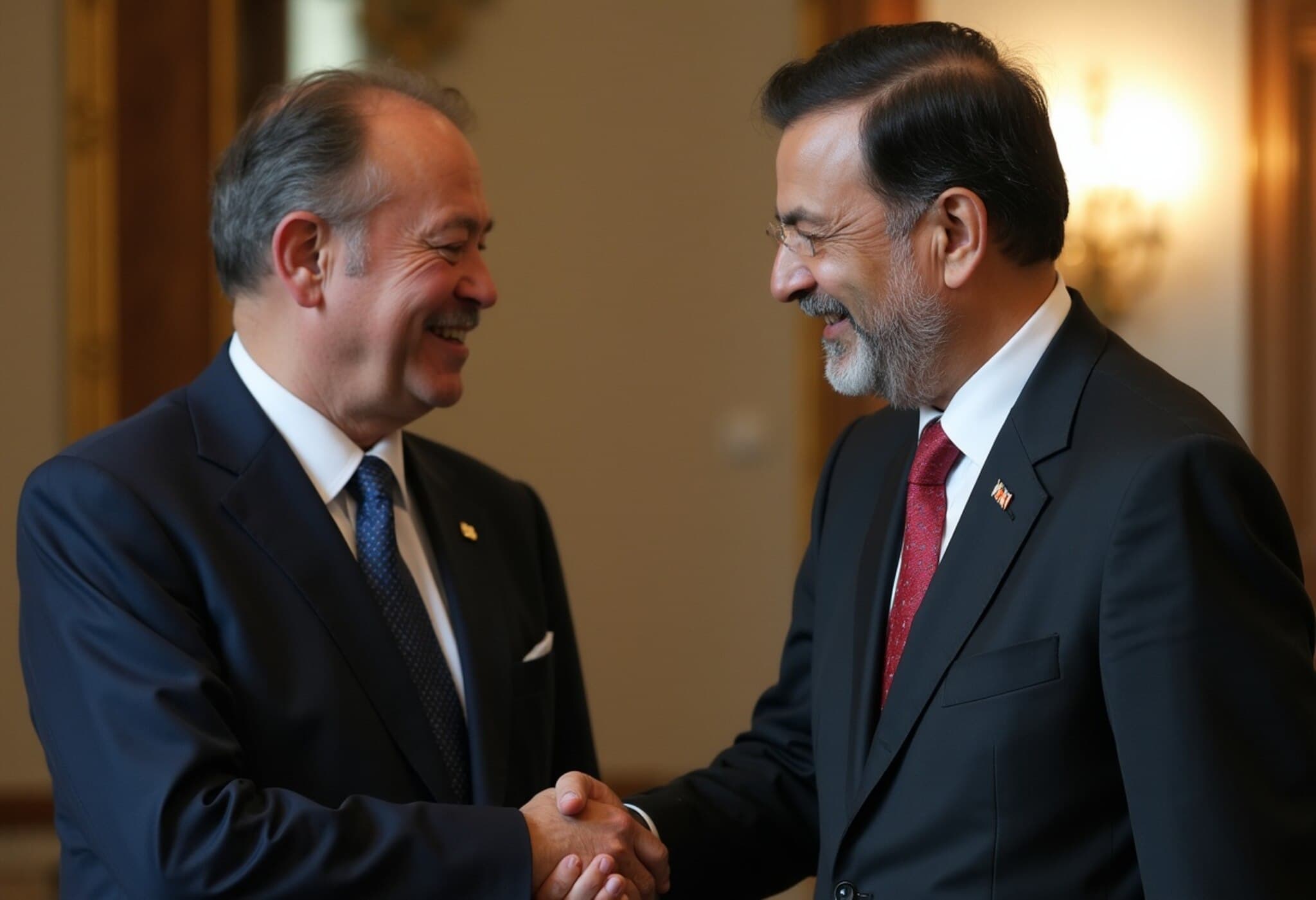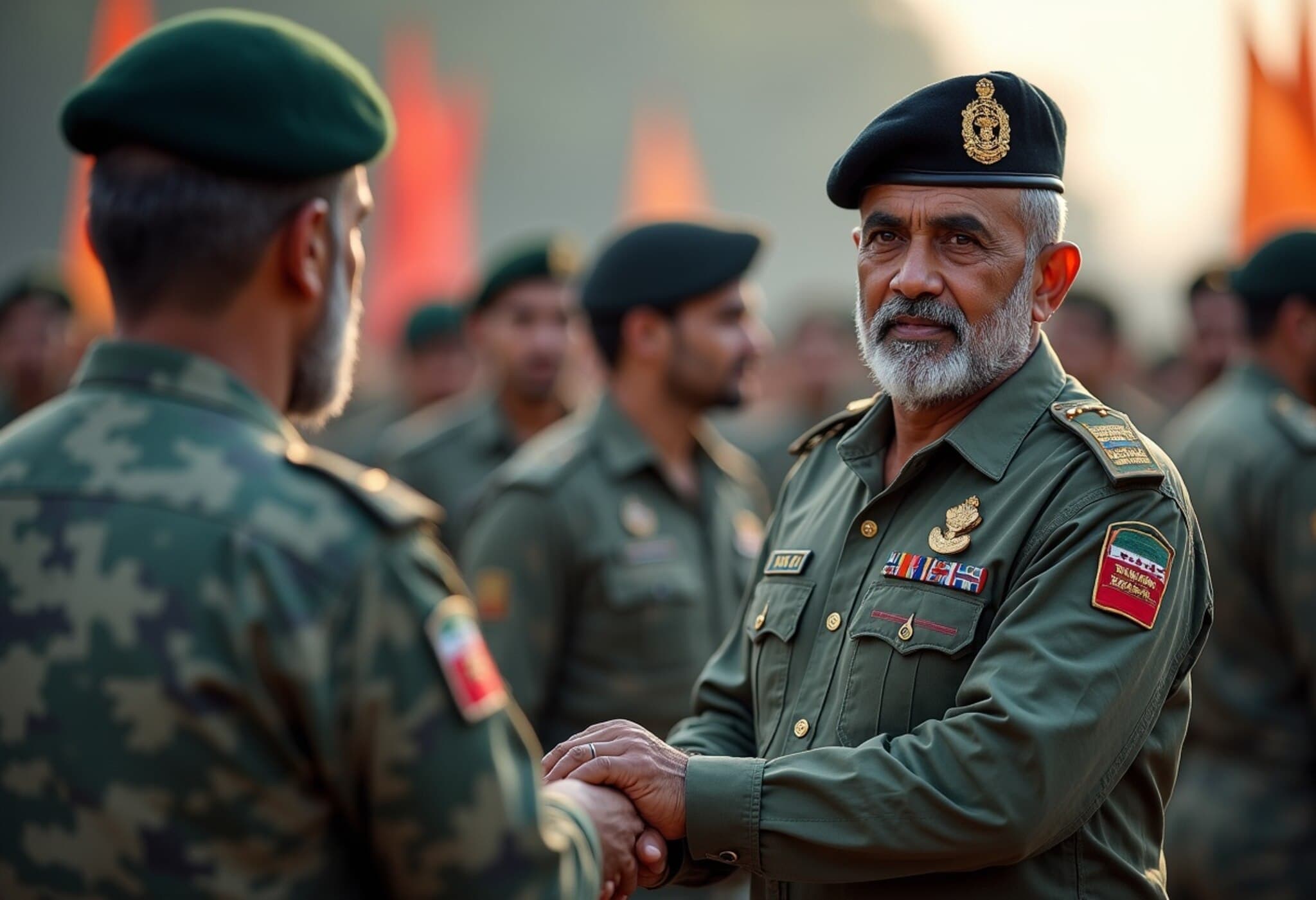Pakistan and US Edge Closer to Trade Agreement Amid Mixed Signals
In a significant development for South Asian trade relations, Pakistani Foreign Minister Ishaq Dar declared on July 26, 2025, that Pakistan is “very close” to sealing a trade agreement with the United States. However, US officials provided a more measured account, withholding a specific deadline or confirmation of an imminent deal, underscoring the complexities in bilateral trade negotiations.
Diplomatic Talks and Divergent Timelines
Dar’s optimistic remarks followed a bilateral discussion with US Secretary of State Marco Rubio in Washington, where the two leaders reaffirmed their commitment to enhancing economic cooperation. “Our teams have been actively engaged in both in-person and virtual meetings. Currently, a dedicated committee, appointed by our Prime Minister, is focused on polishing the finer points of the agreement,” Dar reported.
Despite this forward momentum from Pakistan’s side, the US State Department and Secretary Rubio avoided specifying any timeline. Rubio, in a public statement on social media, emphasized the ongoing dialogue over expanding trade and collaboration in critical minerals and mining sectors—areas of strategic importance, especially against the backdrop of global supply chain reconfigurations and green energy demands.
Strategic Importance of Critical Minerals
The emphasis on critical minerals isn’t coincidental. With the world undergoing a transition toward clean energy and advanced technologies, critical minerals such as lithium, cobalt, and rare earth elements are pivotal. Both the US and Pakistan see potential in leveraging their existing resources and supply chains to reduce dependency on dominant global players, which aligns with US policy goals to diversify critical mineral sources.
Contrasting Developments in Regional US Trade Relations
Meanwhile, the US is concurrently advancing discussions on a comprehensive Bilateral Trade Agreement (BTA) with India. The Indian Ministry of External Affairs confirmed ongoing negotiations aimed at reducing tariff and non-tariff barriers and strengthening supply chain integration between the two nations. US President Donald Trump recently expressed confidence in an approaching agreement with India, underscoring the administration’s broader strategy to deepen economic ties with South Asia.
This dual-track approach to South Asian trade highlights the geopolitical jockeying in the region. For Pakistan, a finalized deal with the US could not only stimulate economic growth but also potentially recalibrate regional power dynamics, especially vis-à-vis India. However, uncertainties in Washington reveal the careful balancing act the US pursues amid complex geopolitical, economic, and security considerations.
Expert Perspective: Challenges Ahead for the Pakistan-US Trade Accord
Trade policy experts warn that while rhetoric suggests eagerness, concrete hurdles remain. These include aligning regulatory standards, addressing intellectual property rights, and ensuring transparent dispute resolution mechanisms—all critical for long-term partnership sustainability.
Moreover, security concerns, especially relating to regional terrorism and political stability, shadow the process. Rubio acknowledged Pakistan’s cooperation in counterterrorism during his remarks, suggesting that security collaboration is intertwined with economic agreements.
What’s Next?
- Pakistan’s negotiating committee will continue refining the deal’s specifics over coming days or weeks.
- The US administration is likely to evaluate broader regional and domestic political considerations before endorsing the agreement.
- Industry stakeholders and investors are closely monitoring developments for potential shifts in market access and supply chain opportunities.
- Analysts anticipate subsequent dialogues focusing on environmental and labor standards to comply with US trade requirements.
Editor’s Note
The unfolding Pakistan-US trade negotiations embody the intricate dance of diplomacy, economics, and geopolitics. While Pakistan’s optimism signals intent and urgency, Washington’s caution reflects the high stakes involved. Will these discussions culminate swiftly, delivering tangible economic benefits for both countries? Or will underlying challenges stall progress, prompting reassessment of South Asia’s trade architecture? Observers should watch for how critical mineral collaborations and security dialogues influence the trajectory of this pivotal pact.
As US policymakers juggle multiple priorities globally, fostering transparent communication and managing expectations on both sides will be crucial in transforming potential into a concrete trade partnership.

